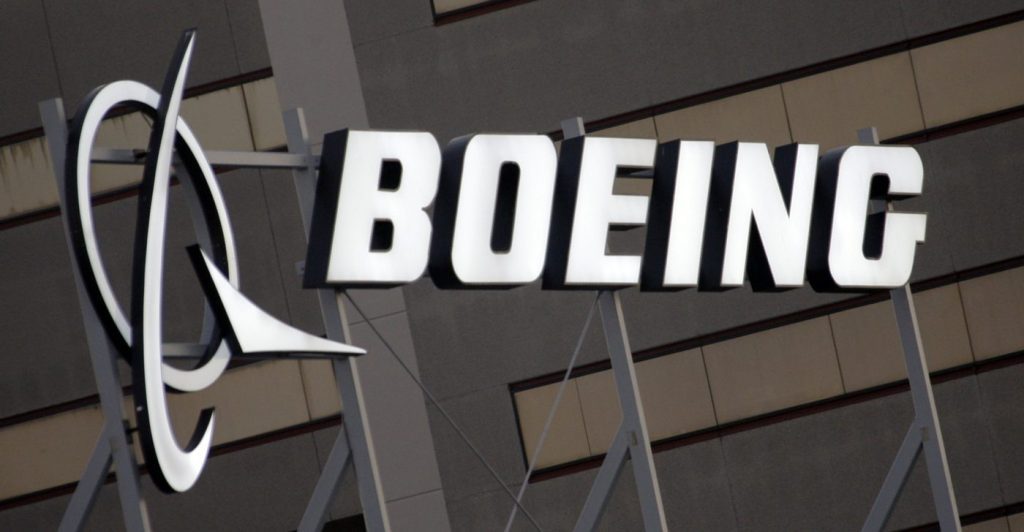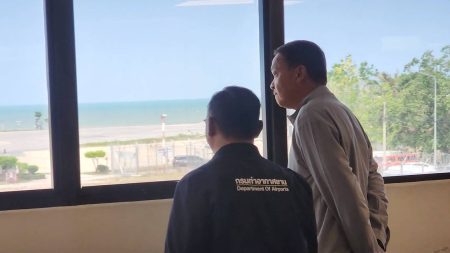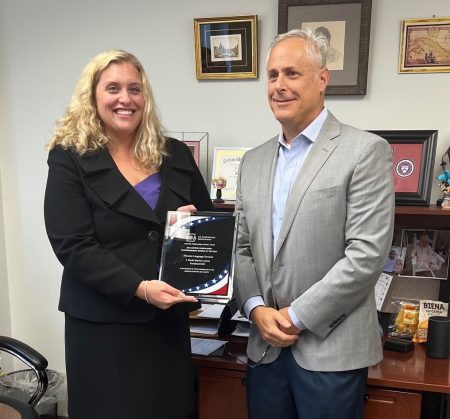An engineer at Boeing said the airplane maker disregarded safety concerns about the production of their 787 and 777 jets, according to a complaint filed with the Federal Aviation Administration.
Sam Salehpour, an engineer at Boeing for over ten years, told the FAA that some parts of the 787 Dreamliner fuselage are improperly fastened and could break after numerous trips, as reported by The New York Times. first reported.
In a Jan. 19 letter to FAA Administrator Michael Whitaker, Salehpour told the agency that these issues originated from changes to the fitting and fastening of sections in the assembly line. The fuselages for the plane are broken down into multiple, different-sized pieces and all come from different manufacturers, he told The Times.
Salehpour's attorneys told The Hill that their client witnessed Boeing use shortcuts during the 787 production process that can significantly decrease the plane’s lifespan.
“Our client identified serious safety concerns and did everything possible to bring those concerns to the attention of Boeing officials,” Salehpour’s attorneys Debra Katz and Lisa Banks stated. “Rather than heeding his warnings, Boeing prioritized getting the planes to market as quickly as possible, despite the known, well-substantiated issues Mr. Salehpour raised.”
A Boeing spokesperson told The Hill that changes have been made to the 787-manufacturing process over the years, but these changes did not cause the issues alleged by Salehpour.
“This continuous improvement has resulted in higher quality and has had no impact on durability or safe longevity of the airframe,” the spokesperson said. “Our team’s work has included exhaustive testing and analysis to ensure the manufacturing process updates maintain the performance, full projected lifespan and strength of the airplane.”
When asked if the FAA is investigating Salehpour’s claims, a spokesperson for the agency told The Hill, “Voluntary reporting without fear of reprisal is a critical component in aviation safety. We strongly encourage everyone in the aviation industry to share information. We thoroughly investigate all reports.”
Boeing countered Salehpour’s claims about the 787, describing them as “inaccurate” and not representative of the “comprehensive work” being done at the manufacturing company.
“We are fully confident in the 787 Dreamliner,” a Boeing spokesperson told The Hill, adding later, “the issues raised have been subject to rigorous engineering examination under FAA oversight. This analysis has validated that these issues do not present any safety concerns and the aircraft will maintain its service life over several decades.”
Salehpour’s lawyers asserted that his direct supervisor and senior management at Boeing “retaliated against” him for voicing his concerns and threatened his with termination. Boeing said retaliation is “strictly prohibited” at the company.
The allegations come as Boeing is under increased scrutiny over its compliance with safety standards after an Alaska Airlines flight experienced a midair blowout earlier this year. The blowout occurred when a fuselage panel on an Alaska Boeing 737 Max 9 blew off shortly after takeoff and left a large hole while 16,000 feet above Oregon.
The airplane had to land unexpectedly, and it made people worry about how the manufacturer makes and ensures the safety of its products.
The Federal Aviation Administration (FAA) is looking into the incident, along with two deadly Boeing accidents in 2018 and 2019 involving Boeing 737 Max planes that resulted in the deaths of 346 people.
The 737 Dreamliners were previously examined, and in 2021, Boeing stated that around 783 planes had shims that were not the correct size, and some did not meet the flatness requirements for the outer surface. Reuters reported. A shim is used to fill small gaps in a product.









